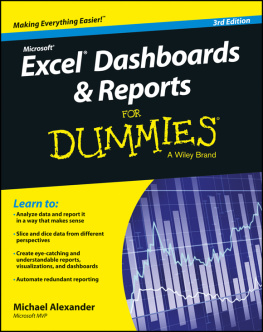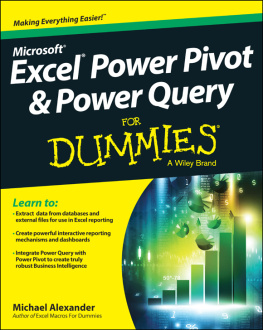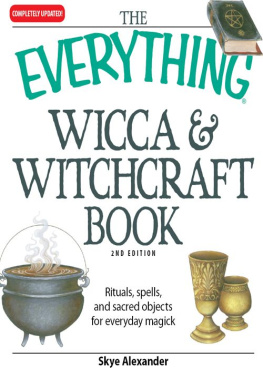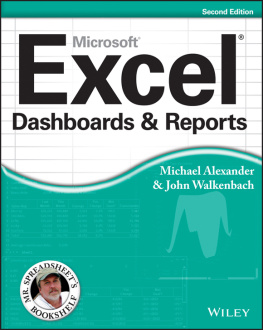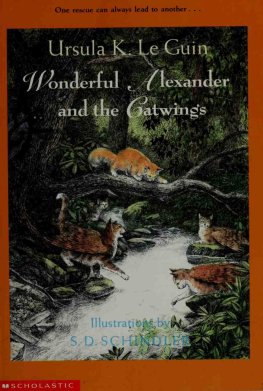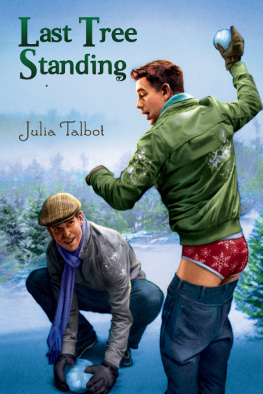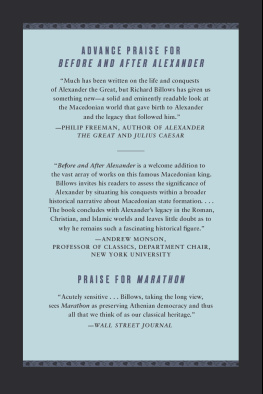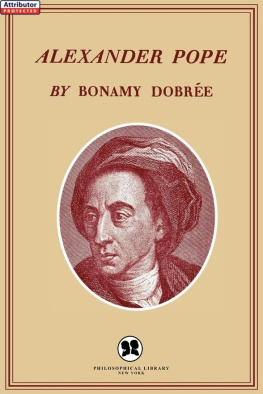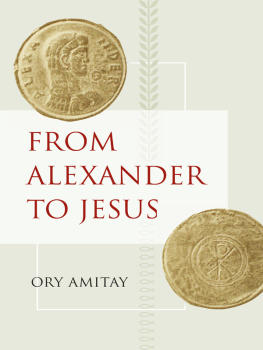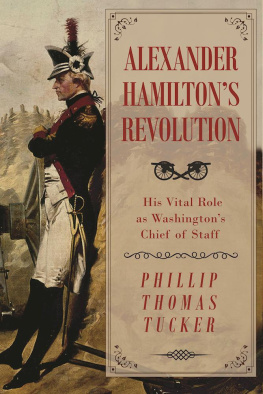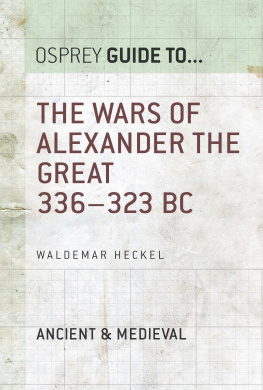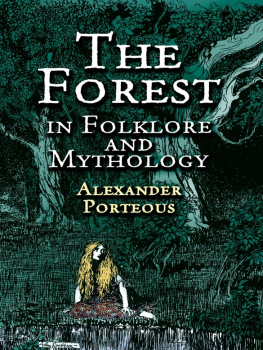Alexander - A City is Not a Tree
Here you can read online Alexander - A City is Not a Tree full text of the book (entire story) in english for free. Download pdf and epub, get meaning, cover and reviews about this ebook. year: 2017, publisher: Sustasis Press/Off the Common Books, genre: Religion. Description of the work, (preface) as well as reviews are available. Best literature library LitArk.com created for fans of good reading and offers a wide selection of genres:
Romance novel
Science fiction
Adventure
Detective
Science
History
Home and family
Prose
Art
Politics
Computer
Non-fiction
Religion
Business
Children
Humor
Choose a favorite category and find really read worthwhile books. Enjoy immersion in the world of imagination, feel the emotions of the characters or learn something new for yourself, make an fascinating discovery.

- Book:A City is Not a Tree
- Author:
- Publisher:Sustasis Press/Off the Common Books
- Genre:
- Year:2017
- Rating:5 / 5
- Favourites:Add to favourites
- Your mark:
- 100
- 1
- 2
- 3
- 4
- 5
A City is Not a Tree: summary, description and annotation
We offer to read an annotation, description, summary or preface (depends on what the author of the book "A City is Not a Tree" wrote himself). If you haven't found the necessary information about the book — write in the comments, we will try to find it.
A City is Not a Tree — read online for free the complete book (whole text) full work
Below is the text of the book, divided by pages. System saving the place of the last page read, allows you to conveniently read the book "A City is Not a Tree" online for free, without having to search again every time where you left off. Put a bookmark, and you can go to the page where you finished reading at any time.
Font size:
Interval:
Bookmark:
A City is Not a Tree:
50 th Anniversary Edition
with
Mike Batty * Lus Bettencourt * Howard Davis Jaap Dawson * Bin Jiang * Michael W Mehaffy Hans Joachim Neis * Dell Odeleye * Sergio Porta * Yodan Rof * Mariapia Vidoli
and other contributors
edited by
Michael W Mehaffy
Sustasis Press
In Association With
Center for Environmental Structure
ISBN 978-0-9893469-7-9
Copyright 2015 Sustasis Press
Sustasis Foundation, Portland, Oregon USA
Editor's Preface
Michael W Mehaffy
A City is Not a Tree was first published in two parts in the American journal Architectural Forum , in April and May 1965. Later that year it won the prestigious Kauffman International Design Award, and the jurors noted that "the principles he [Dr Alexander] describes, and the analytical methods he adopts, are applicable at all levels of design". The paper was subsequently re-published in over a dozen journals and books, and later circulated endlessly on the Internet but unfortunately, in formats of uneven quality and accessibility.
This seminal work has not, however, appeared in its own dedicated volume, a format where it might be studied and assessed more thoughtfully, by students, researchers, and practitioners. Given its seminal influence within the history of 20th Century design theory, my colleagues and I part of a research coordination network called the Environmental Structure Research Network (ESRG) felt that the occasion of the fiftieth anniversary of its first publication would be an appropriate time to meet that need. We present the original paper here along with a collection of newer reflections, exegeses and critical analyses by a number of leading scholars and practitioners.
The historical influence of this slight 7,500 word paper is difficult to overstate. Its author, Christopher Alexander, has some 15 books to his credit, many of them noted theoretical or philosophical works, and several that are landmarks in their own right among them Notes on the Synthesis of Form and A Pattern Language . But A City is Not a Tree has been arguably as influential for many in the field of environmental design, and indeed in design more generally, as any of his books.
A representative example may be Robert Campbell, a prominent architecture critic for the Boston Globe, who said that Alexander had an enormous critical influence on my life and work, and I think thats true of a whole generation of people and he singled out A City is Not a Tree as most influential for him.
Campbell recalled discovering the paper as a student in the library of Harvards Graduate School of Design. That was a landmark moment in my development as a thinker and as an architect, he said, speaking at the National Building Museum in 2009. It really blew away what were the foundational principles of the education at Harvard in those days, and it established in me an interest in actually looking at the world not looking at set of preconceived abstract mechanical ideas that were supposed to replace the existing world.
It is instructive that such a change of focus should be necessary that a profession bewitched by its own abstractions should need to have its spell broken, as it were, by the blunt force of a clear and compelling argument. It may also be instructive that it took so long for such an argument even to appear. That it was Alexander who did so might be explained by his work at Harvard and MIT, not only in their design schools but perhaps more importantly (as he himself has said) in their psychology departments, where he worked with legendary pioneers of cognition like George A. Miller.
Much has been said about the mathematical argument that Alexander makes, the one derived from set theory, with a close relation to network theory. This subject was later to blossom within the field of complexity science, with contributions to urban studies (including the development of Space Syntax, as our co-contributor Bill Hillier notes). Perhaps more should be noted about Alexanders description, later in the paper, of cognitive biases and distortions, and the tendency of human minds to organize things in particular ways that are subtle but enormously consequential. In that sense, Alexander may have been an early contributor to the psychology of bounded rationality and cognitive bias, and their sometimes profound impacts on human life and social organization. If this is true, then perhaps the modern professions of environmental design are, while not the only examples of such cognitive distortions, then perhaps, Exhibit A in the case for reform.
The accompanying essays by contemporary authors assess the paper, its legacy, and its relevance to contemporary challenges. They do not, as a rule, attack the paper, or its author, by presenting critical dismissals or revisionist history, or even detailed critiques of technical aspects of Alexander's argument.
There are two reasons why we have refrained from including such critical texts. One is that the reader can find quite a few of them elsewhere; indeed, Alexander is a popular target in some quarters, including many corners of architectural academia. The other is that, speaking quite frankly, we believe the time has come to look for the forest and not the trees. The latter may be a fond habit but it may also be a major reason that architectural academia is in crisis, while its relevance is challenged as never before.
At present, the world is urbanizing at an unprecedented rate: on track to produce more urban fabric in the first third of the Twenty-first Century than in all of human history . In that light, whatever else we may say about the strengths and weaknesses of this historic paper, we will say this: the insightful connections it developed could not be more relevant and even urgent, forming a provocative and compelling argument for reform today. In one way or another, most of the essays by the other contributors revolve around the question of what we have learned in the half-century since publication and perhaps, in too many cases, what we still have to learn.
Acknowledgements
First and foremost, the authors and publishers are greatly indebted to Christopher Alexander for writing the original paper included herein, and to him and his wife Maggie Alexander for graciously supporting this project, and giving their permission for the paper to be re-published. We are also indebted to Chris and Maggie for supporting the creation of the Environmental Structure Research Network (ESRG), a number of whose members contributed to this volume.
Secondly, we are indebted to those co-authors, who have contributed their own thoughtful exegeses on this text. They have provided an invaluable mix of perspectives from the half-century point since publication.
Thanks to fellow board members of Sustasis Foundation, Ward Cunningham and Bernard Franceschi, for supporting this project with their ideas and suggestions, and with their own generous funds.
Thanks also to other donors to Sustasis Foundation in support of this project and related initiatives, notably Besim Hakim of Albuquerque, and Susan and Fred Ingham of Seattle. We are most grateful to you and to other supporters, past and future, who make this work possible.
Thanks to my colleague Nikos Salingaros, who gave his time, assistance and ideas to this and other related projects of Sustasis Press.
Special thanks to Yulia Kryazheva of Yulia Ink in Amsterdam for cover design, copy-setting and formatting, and to Levellers Press in Boston for printing and fulfillment.
Michael Mehaffy, Sustasis Press
I THE ORIGINAL 1965 TEXT

Chapter 1
Font size:
Interval:
Bookmark:
Similar books «A City is Not a Tree»
Look at similar books to A City is Not a Tree. We have selected literature similar in name and meaning in the hope of providing readers with more options to find new, interesting, not yet read works.
Discussion, reviews of the book A City is Not a Tree and just readers' own opinions. Leave your comments, write what you think about the work, its meaning or the main characters. Specify what exactly you liked and what you didn't like, and why you think so.

